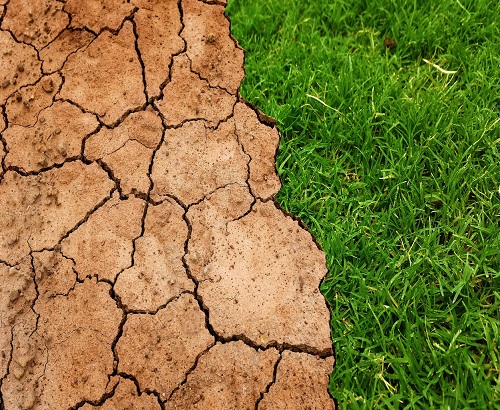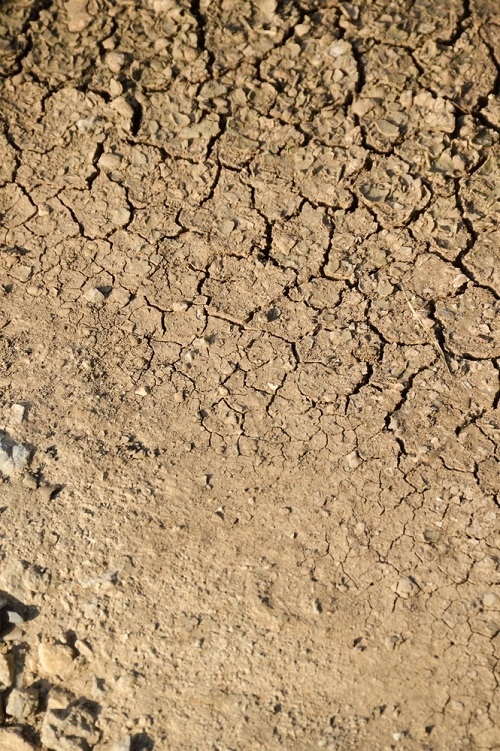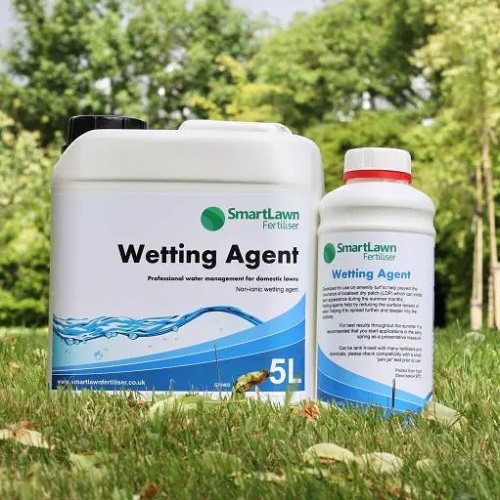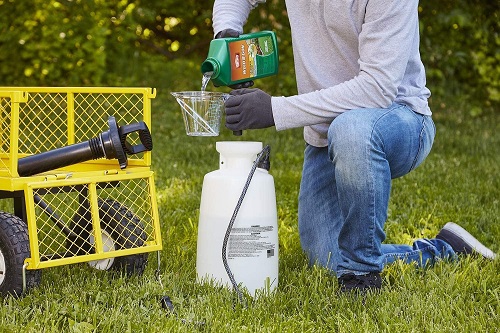Learn How to Fix Hydrophobic Soil with these tips and tricks to maintain a healthy garden with thriving plants for a long time.
Have you ever noticed that water seems to roll off the surface of your garden soil rather than penetrating it? This is a common problem called hydrophobic soil, which occurs when soil becomes too dry and water-repellent. It can lead to waterlogging, root rot, and plant death if left untreated. Fortunately, there are steps you can take on How to Fix Hydrophobic Soil and restore it to its healthy state.
Find How to Change Your Soil pH? here
What is Hydrophobic Soil?
Hydrophobic soil is a type of growing medium that repels water. It is often caused by a waxy coating that forms on the surface of the soil from certain organic materials, such as decaying plant matter. This coating prevents water from entering the soil, making it difficult for plants to take up the water they need to survive.
Hydrophobic soil can also be caused by certain chemicals in the soil, or by certain types of soil management practices, such as tillage or the use of fertilizers.
In hydrophobic soil, water droplets form beads on the soil surface, rather than soaking into the soil. This prevents the water from reaching the root zone of the plants, depriving them of the water they need to survive. Hydrophobic soil can also cause nutrient deficiencies since water is needed to move nutrients throughout the soil.
Find How to Check Your Soil pH at Home here
Symptoms of Hydrophobic Soil
Hydrophobic soil can be identified by several symptoms, including:
1. Water Repellency
The most obvious symptom of hydrophobic soil is water repellency. When water is applied, it will bead up and run off the surface rather than soaking into the soil. This can lead to reduced plant growth as the roots are unable to access the water they need.
2. Uneven Soil Moisture
Hydrophobic soil can also cause uneven soil moisture. When water runs off the surface of the soil, it creates pockets of wet and dry soil. This can lead to uneven plant growth, as some areas of the soil are too dry for plants to thrive.
3. Increased Erosion
Water that runs off hydrophobic soil can also cause increased erosion. As the water flows over the surface, it can carry away soil particles, leading to soil erosion. This can lead to a loss of topsoil, which is crucial for plant growth.
Learn 9 Ways to Rejuvenate Old Potting Soil and Make it All Powerful Again here
How to Fix Hydrophobic Soil?
The following steps will help you fix hydrophobic soil and restore it to its healthy state:
1. Watering
The first step is to water the soil thoroughly. This will help to break down the water-repellent layer and allow water to penetrate.
2. Apply a Wetting Agent
A wetting agent is a substance that helps to break down the hydrophobic layer on the surface of the soil. There are several commercial wetting agents available, or you can use a homemade solution of dish soap and water.
Apply the wetting agent to the soil according to the manufacturer’s instructions.
3. Mulching

Mulching the soil helps to retain moisture and prevent the soil from becoming too dry. Organic mulch, such as leaves or wood chips, can also help to break down the hydrophobic layer on the surface of the soil.
4. Avoid Compaction
Avoid walking or driving on the soil to prevent soil compaction, which can lead to the formation of a water-repellent layer.
5. Use a Soil Surfactant
A soil surfactant is a product that helps to prevent soil from becoming hydrophobic by breaking down the surface tension of the water. It also helps to retain moisture in the soil, reducing the risk of hydrophobicity.
Conclusion
Hydrophobic soil is a common problem that can cause serious damage to your plants if left untreated. However, with proper care and attention, you can fix hydrophobic soil and restore it to its healthy state.
By following the steps outlined in this guide, you can ensure that your soil remains healthy and fertile, providing the perfect environment for your plants to thrive.








